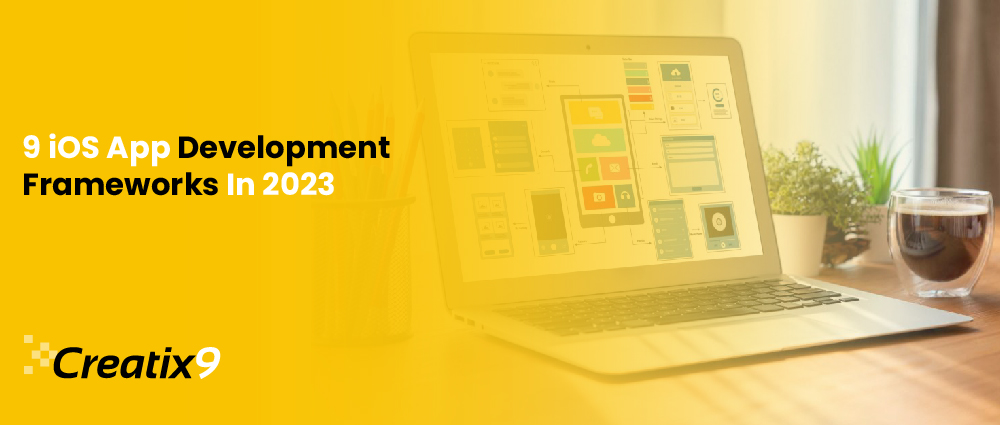
In our daily lives, mobile applications have already been assimilated. You only have to take out your cell phone and search if you want to go on a trip, have a good chat with someone, or want to know about world affairs. Right now, everything is available to you. Without mobile apps, a mobile device’s value decreases.
Mobile applications provide fun and help us carry out our regular activities. They make our lives easier, but have you ever wondered what systems are used to give life to mobile apps? It’s the frameworks that gave them life, each and every great iOS and Android app depend on these frameworks.
Well, here in this blog, we will talk about only iOS app development due to its vast user consumption globally.
More individuals are using iOS applications every year. iOS app developers can design applications employing a variety of auxiliary components thanks to iOS development frameworks. Toolkits, different code libraries, debuggers, and multiple interfaces are some of these components. An iOS development framework is the foundation of every MacOS application. However, choosing the ideal iOS development framework for your app is crucial.
In this blog, our experts in delivering top iOS application services have compiled the top nine iOS app development frameworks below to aid your decision-making. Let’s look at it.
Ionic
Ionic is a framework for app development where Angular and Apache Cordova are the bases. So, it is an ideal choice for cross-platform mobile development. It may easily incorporate common UI elements into the design, like filters, action sheets, forms, tab bars, list views, and a simple navigation menu. This aspect has particularly in Ionic appeals to iOS app developers. They can focus on the core app development without worrying about UI elements.
The Ionic framework is user-friendly for Developers familiar with CSS, JavaScript, or HTML compared to other iOS development frameworks. It has comprehensive out-of-the-box features. These features are built-in UI elements, rapid development timelines, a prosperous community of over 5 million developers, and a powerful, stable basis for creating iOS, android or Windows apps.
If you are considering mobile app development for iOS in the UAE, do not hesitate to engage with our team of experienced iOS experts. Our iOS application services in Dubai will support you in identifying the best Ionic framework for your project.
Sencha Ext JS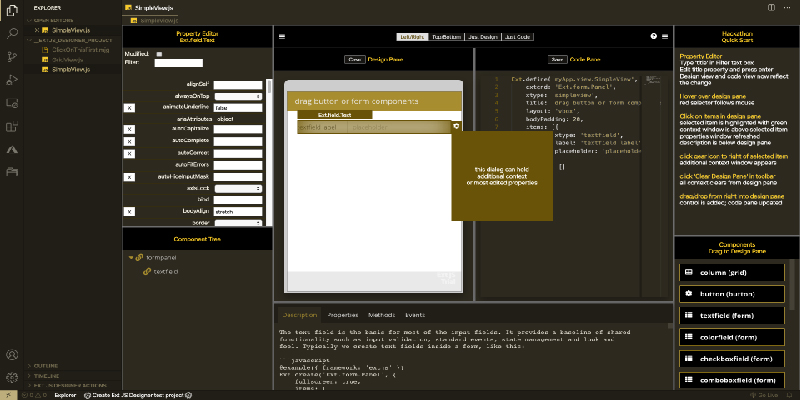
A new name came into existence when Sencha was combined with Ext JS called Sencha Ext JS.
The framework gives iOS developers flexibility; this allows developers to build complex or easy apps using JavaScript and HTML 5. The framework has a lot of tools. These tools ate forums, menus, toolbars and lists. Sencha Test is a great product that supports you to test your apps on multiple platforms and even in multiple browsers.
Developers can use ExtJS to create apps for both Android and iOS apps. Sencha Ext JS lets smoothly integrate with other APIs. Combining many APIs lets developers get the optimum outcome aiming at a unique goal.
With its JavaScript programming, developers can build data-intensive web and mobile applications.
This cross-platform framework features an HTML5 calendar, a pivot grid, a D3 adaptor, grids, trees, windows, lists, menus, forms, and panels. Ext JS is very flexible. It has nearly a thousand extra tools and add-ons that the user creates.
Some noticeable features are its expertise in efficiently organizing plentiful volumes of data, strong analytical capabilities, flexible layout structure, and ability to represent data visually. Furthermore, it has a specialized package for Advanced Data-Driven Documents (D3) to develop dynamic, data-centric visualizations.
React Native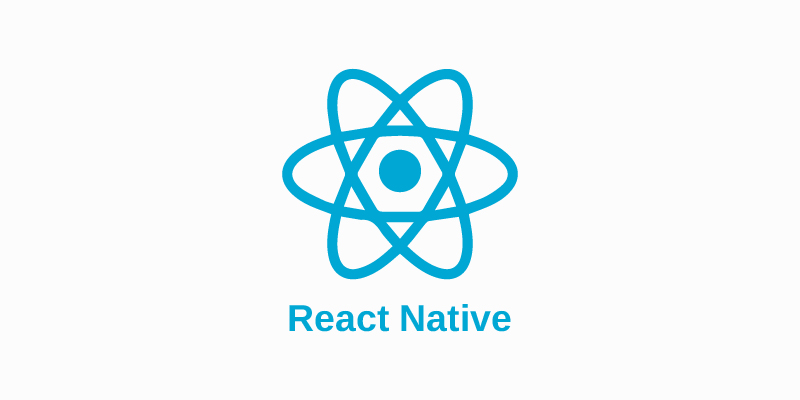
In 2019, React Native was the top choice for iOS developers, and it has maintained its status till now. This platform speeds up deployment timelines and ensures a rapid ROI. Moreover, developers don’t need to deal with complex programming languages that usually occurs in creating iOS app, as React Native operates using JSX.
One of React Native’s standout feature is its proficiency in producing smooth animations; it can quickly convert code into native representations. This framework goes along with the JavaScript library for crafting native apps across all platforms and devices to craft efficient apps for both iOS and Android.
With React Native, you can use one code set for different devices. Facebook introduced it in 2018, quickly becoming popular among developers because people were attracted to it.
Notable features of React Native are code reusability, smooth compatibility with third-party plugins, and the creation of predictive user interfaces via declarative API.
Flutter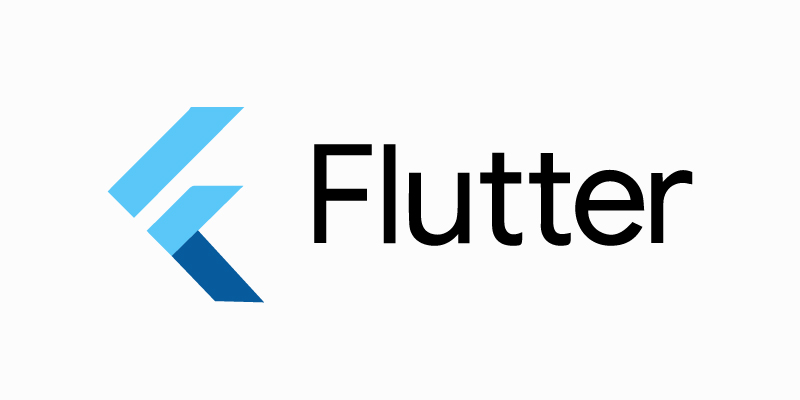
Flutter by Google brings in the attention of developers for its ability to speed up the coding process. Developers can use a single code base for Android and iOS platforms to develop apps quickly.
Flutter can quickly shift old widgets into new ones to craft highly responsive and engaging mobile applications. This UI toolkit has a collection of fully customizable widgets that enable the rapid development of native apps. Also, Flutter’s layered architecture ensures quick rendering of components.
Notable features of the Flutter app development framework are motion-rich APIs, integrated support for Cupertino (iOS-style) widgets and material design, and reliable widget support.
Adobe PhoneGap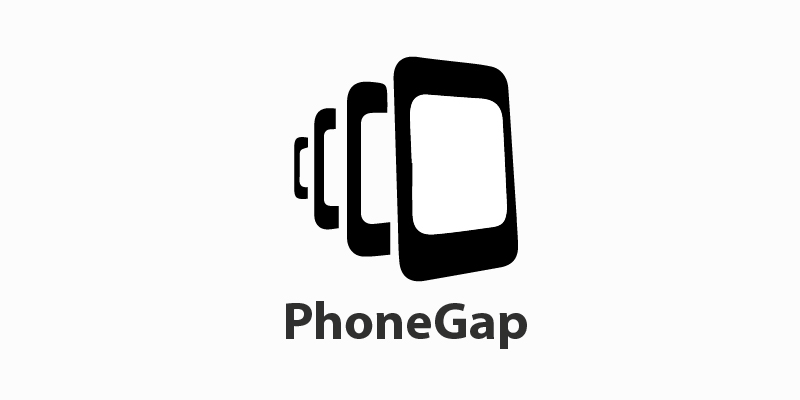
Adobe is a widely recognized name. Like its other software products, it has a brilliant iOS development framework known as Adobe PhoneGap. With the Adobe PhoneGap development framework, iOS developers can smoothly come up with well-crafted, fully functional apps. Adobe PhoneGap is a versatile framework. Developers can now design iOS apps for Android Blackberry, Firefox OS, Windows, and Mac OS.
One notable feature of Adobe PhoneGap is its collaborative capability. This feature enables multiple developers to work on a single project without a glitch. It also incorporates a technology known as Hydration, which makes programs finish faster and updates easier. It uses the CSS3, HTML5, and JavaScript to construct cross-platform applications.
Key features of Adobe PhoneGap are:
- Its flexibility.
- Open-source nature.
- Compatibility across all major platforms.
- Quick and easy development.
- Good backend support.
Swiftic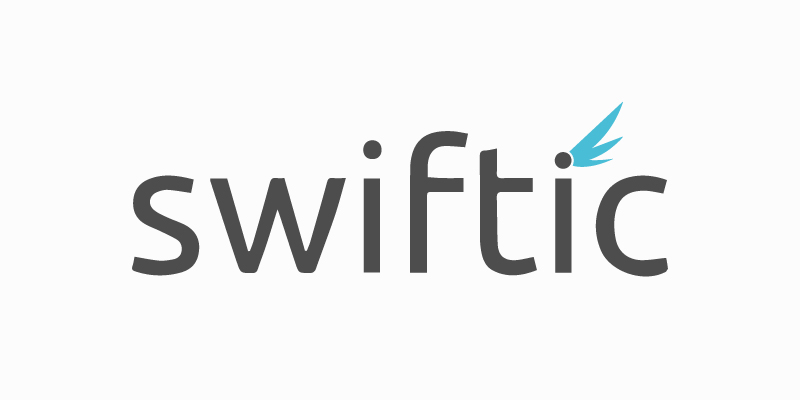
Swiftic stands as a prominent iOS development framework known for its user-friendly interface. It has a 30-day money-back guarantee on all its plans, a hassle-free choice. Likewise, Swiftic has a 6-month success guarantee program, meaning you don’t suffer any costs if you don’t get tangible results within this period. Swiftic is simple to use and comes with professional guidance. It caters to beginners, to use it flexibly.
Swiftic has a host of technical advancements like push notifications and integration with social network feeds. It also has app advertising tools to help promote mobile apps like app store optimization, analytics and user tracking, in-app advertising, etc. It has a unified control panel for creating, publishing, and expanding your mobile app—an efficient solution.
Critical features of Swiftic include push notifications, the ability to establish customer loyalty through digital loyalty cards, the creation of mobile stores, in-app coupons, smooth customer engagement, social media integration, app publication support, and advanced analytics integration with third-party services.
Xamarin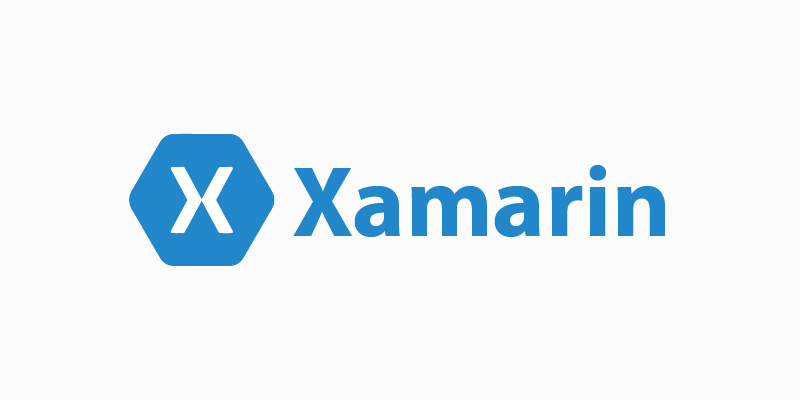
Xamarin is quickly gaining a reputation as a preferred mobile app framework. It lets you use one code set for different apps, making things easier. C# programming language supports it, and Xamarin raises the overall app quality with its available tools. One of the most notable advantages of rapid app development platforms is they can significantly reduce the occurrence of defects, with the use of code reuse and the use of compatible syntax resulting in quick app development.
Xamarin is an open-source and versatile platform for crafting cross-platform apps. It provides a complete development environment with its backend components, APIs, and more. It has an excess of coding languages.
With Xamarin, developers can easily craft native Android, watchOS, tvOS, iOS, macOS, and Windows apps. Some of the notable features of Xamarin include a strong community comprising 60,000 contributors, a flexible backend architecture, a program loader, an Android SDK administrator, diagnostic tools and a Google emulator manager.
Framework7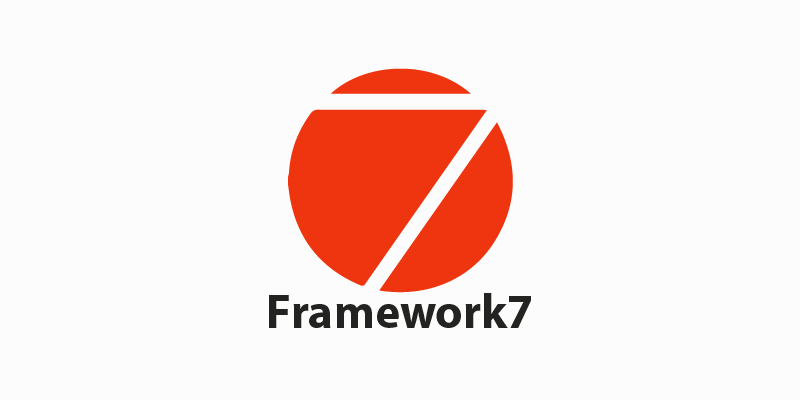
Framework7 is a highly stable iOS development framework currently. It doesn’t rely on React or AngularJS, which makes it a unique framework from others. Instead, it relies solely on CSS, JavaScript, and HTML knowledge to actively create iOS applications. It supports Vue.js and React elements for creating mobile app. Customization is easy with Framework7, and its developers can quickly develop native apps without needing external stuff.
Notably, Framework7 comes with many exclusive UI elements and widgets, simplifying the development of feature-rich apps. This open-source framework allows developers to craft desktop, native mobile, and web applications.
Framework7 also has UI widgets and elements, like side panels, action sheets, form elements, list views and more.
Framework7 allows compatibility with additional tools like Electron and NW.js, a thriving ecosystem, and simplified maintenance.
JQuery Mobile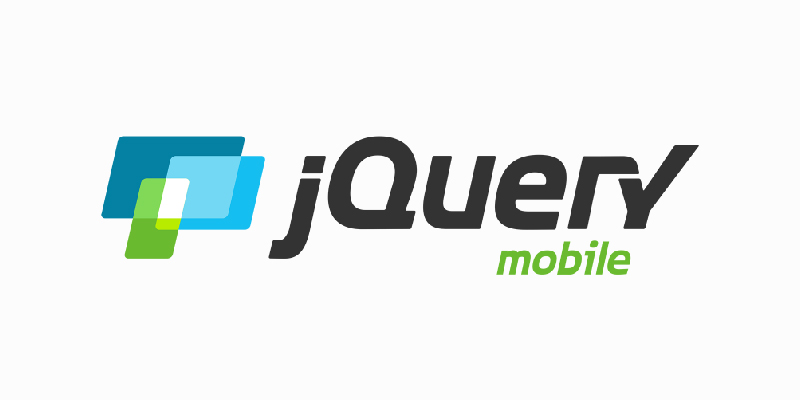
JQuery Mobile is a versatile framework for cross-platform app creation. JQuery Mobile allows programmers to use the similar code across diverse devices. It is built on HTML5; JQuery Mobile offers an array of plugins, like Image Slider, Pop-Up Boxes, Content-Slider, and more. This framework enhances the app’s visual appeal and functionality.
This framework is touch-optimized. It ensures highly responsive apps on desktops, tablets, and mobile devices. ThemeRoller for JQuery Mobile provides customizable themes. It allows you to create websites with solid branding. Moreover, JQuery Mobile can integrate with other app development frameworks, like PhoneGap and others, to create visually engaging designs.
JQuery Mobile has a lightweight footprint, various plugin add-ons, a solid thematic framework, and a track record of being used in popular mobile apps like Veev and Untappd.
Conclusion
Mobile app development frameworks are now primary tools for mobile and web apps. When picking the appropriate iOS development framework, the ultimate decision largely relies on your project’s specific requirements.
Remember, each project has unique demands, thus requiring a careful and informed choice of the framework, considering other critical factors.
For optimal decision-making, seeking guidance from a reputable software development company for your iOS application services in the UAE is advisable. This ensures that you select an iOS development framework tailored to your project’s needs.
Moreover, we are also one of the top digital marketing companies in Dubai. If you want to market your app with us, call us.

